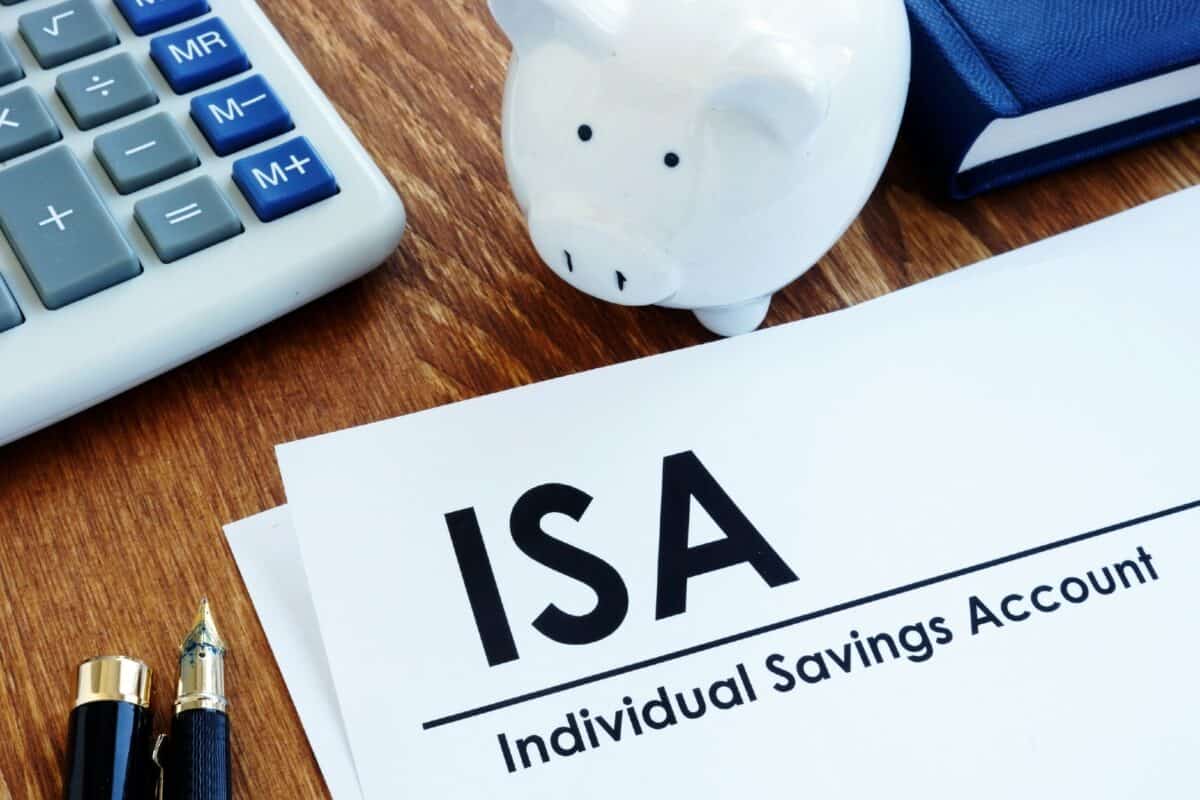For me, the Stocks and Shares ISA is an incredibly powerful wealth-building tool. I can regularly contribute savings towards the annual £20k allowance and let my investments grow free from tax.
My commitment is to invest whatever I can afford each month into stocks. However, if I had 20 grand to invest right now, here’s how I’d approach things.
Please note that tax treatment depends on the individual circumstances of each client and may be subject to change in future. The content in this article is provided for information purposes only. It is not intended to be, neither does it constitute, any form of tax advice. Readers are responsible for carrying out their own due diligence and for obtaining professional advice before making any investment decisions.
Should you invest £1,000 in HSBC right now?
When investing expert Mark Rogers has a stock tip, it can pay to listen. After all, the flagship Motley Fool Share Advisor newsletter he has run for nearly a decade has provided thousands of paying members with top stock recommendations from the UK and US markets. And right now, Mark thinks there are 6 standout stocks that investors should consider buying. Want to see if HSBC made the list?
Portfolio construction
First off, I’d need to decide how many stocks I want in my ISA portfolio.
There is no hard and fast rule on this. Warren Buffett has 42% of Berkshire Hathaway’s invested assets (around $155bn) in just a single stock: Apple. Many hedge funds managers run incredibly concentrated portfolios of just 6-12 stocks.
However, I’m obviously not Warren Buffett or a hedge fund manager when I’m starting out. I need to learn to crawl before I can sprint.
My own view is that a portfolio of 25-35 investments spread across both income and growth shares is a sensible way to go.
A strategy for spreading risk
This leads me onto a second point. Just because I have £20k sitting in a new ISA, that doesn’t mean I have to invest it all straightaway. Instead, I could spread my investments across the year, perhaps investing £3,333 every two months.
There are a handful of advantages to this approach. First, its reduces the chances of me badly mistiming the market. For example, if I invest everything in April and then there’s a market correction in June, I’ll likely curse my bad luck.
Now, despite what some YouTube trading gurus say, nobody knows when the top or bottom of a market is in real time. Therefore, spreading my investments across the year could be an optimal way of catching bottoms (cheaper stocks, higher dividend yields) and avoiding investing all my money at the top.
This drip-feeding method is called pound cost averaging, and can be a smart strategy when starting out.
Moreover, it comes in very handy when stocks crash (every few years on average) and there are bargains to be scooped up.
There’s nothing worse than seeing high-quality shares plummet and having no cash on the sidelines to take advantage (I’m speaking from painful experience here!).
A top stock to consider
One investment I’d consider as a starter stock is HSBC (LSE: HSBA). The FTSE 100 banking goliath has global operations, a solid balance sheet, and attractive growth prospects in Asia.
Moreover, the shares are cheap, trading on a low price-to-earnings (P/E) ratio of 6.5 and below book value. And they’re offering a monstrous 9.5% dividend yield in 2024, and a healthy 7.5% in 2025.
Dividends aren’t guaranteed, of course, even from banking giants. But I’d note that HSBC isn’t short of cash after completing the sale of its Canadian business for $9.96bn.
This transaction will result in the recognition of an estimated gain on sale of $4.9bn in the next reported quarter (Q1).
China is a risk if its slow-moving property meltdown speeds up. However, long term, I think the bank’s ambitions to establish itself as the region’s leading wealth manager is exciting.
HSBC estimates the number of millionaires across Asia is set to more than double by 2030, going from roughly 30m to more than 76m. I’ve been investing recently.







